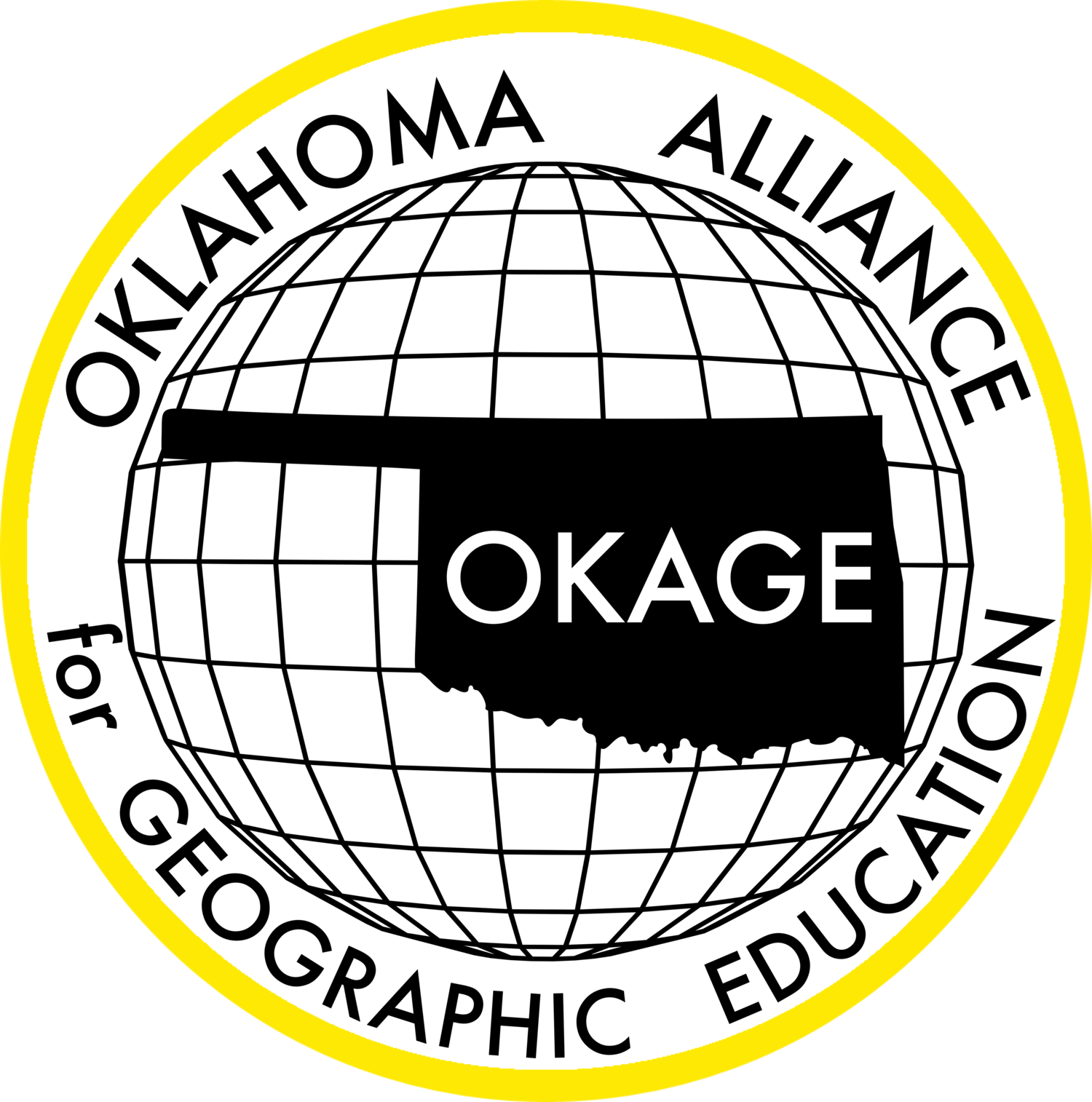Description: This unit is designed to allow students to take a closer look at a local ecosystem and compare and contrast the benefits of preservation and conservation. Students will be able to define conservation and preservation and explain the impacts of each on their local ecosystem of choice. Our hope is to empower learners to understand the distinct impacts of conservation and preservation.
Furthermore, students can interact with a local environment, complete a hands-on learning experience, then compare what they have learned to other environments at the regional or global scale.
Students will develop their own preservation and/or conservation plan for this local ecosystem while focusing on the ecological, economic, and political impact of this plan.
Grade level(s): Elementary School, Middle School
Standards: OAS, GFL
Produced By: Amber DeWinter

















